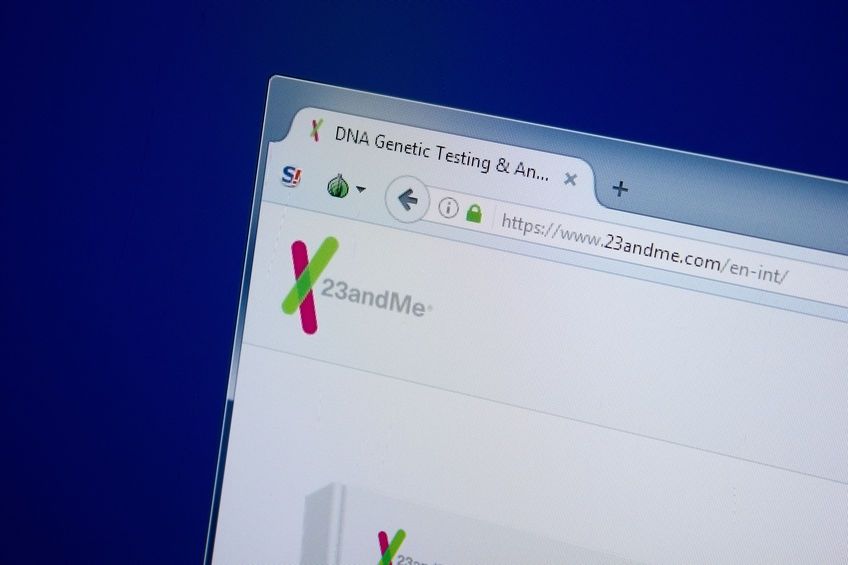Your people are the backbone of your organization’s ability to grow and drive revenue. So how important are quality employee benefits to achieving your company’s goals and objectives? They are extremely crucial.
Employees value a well-rounded selection of benefits, and health insurance, a 401(k) plan, life insurance and dental coverage are a few of the plans that you can consider offering.
The Benefits
Benefits packages offer value to your employees and help you boost productivity and retention in a cost-effective manner. Here are a few of the advantages of offering employee benefits as part of your compensation package.
Talent Attraction and Retention
Employees highly value a good benefits package. Developing a strategic benefits package that targets specific types of employees can help attract the right job candidates to keep your organization running at peak efficiency.
Once you have these top-performing employees at your company, providing a tailored employee benefits package will serve as a barrier to them leaving—a great benefits package can be a huge advantage when looking at retention strategies because it holds more than just monetary value for the employee. A bigger salary at another company likely won’t be as strong a pull for an employee tempted to leave if the other company’s benefits package isn’t as attractive as yours.
Healthy, Productive Employees
When your benefits package includes a combination of health insurance and dental and vision coverage, you will have employees who are able to take a proactive role in managing their health. They will have easy, affordable access to health care, reducing absenteeism due to illness.
When they are on the job, healthy employees are more productive than sick ones. It’s beneficial for your company’s productivity and your employees when they have access to medical coverage and time off when they are sick.
Satisfaction
A good benefits package leads to satisfied employees with higher morale. Employees who find value in their benefits are typically more willing to commit to their company because it helps make them feel valued—which leads to increased productivity and decreased absenteeism.
Efficient Use of Resources
Offering valuable benefits can help lower top employees’ expectations for salary. Many employees are willing to accept good benefits in lieu of a slightly higher salary.
This is an advantage to your budget because the value you present to employees with benefits, especially health insurance plans, can be monetarily equal to a raise in salary for them, while costing you less due to group rates and lower payroll taxes. Employers can avoid the hidden cost of paying extra payroll taxes on higher salary by instead offering benefits to provide similar value to employees.
Thinking Long-term
Even if you think you can save a little money in the short term by skimping on employee benefits, you will eventually face the consequences through a lowered ability to attract high-achieving employees, increased difficulty retaining your top performers, and lowered morale and productivity.
Offering a quality array of employee benefits will pay off through a stronger, more productive workforce with employees committed to your company.

